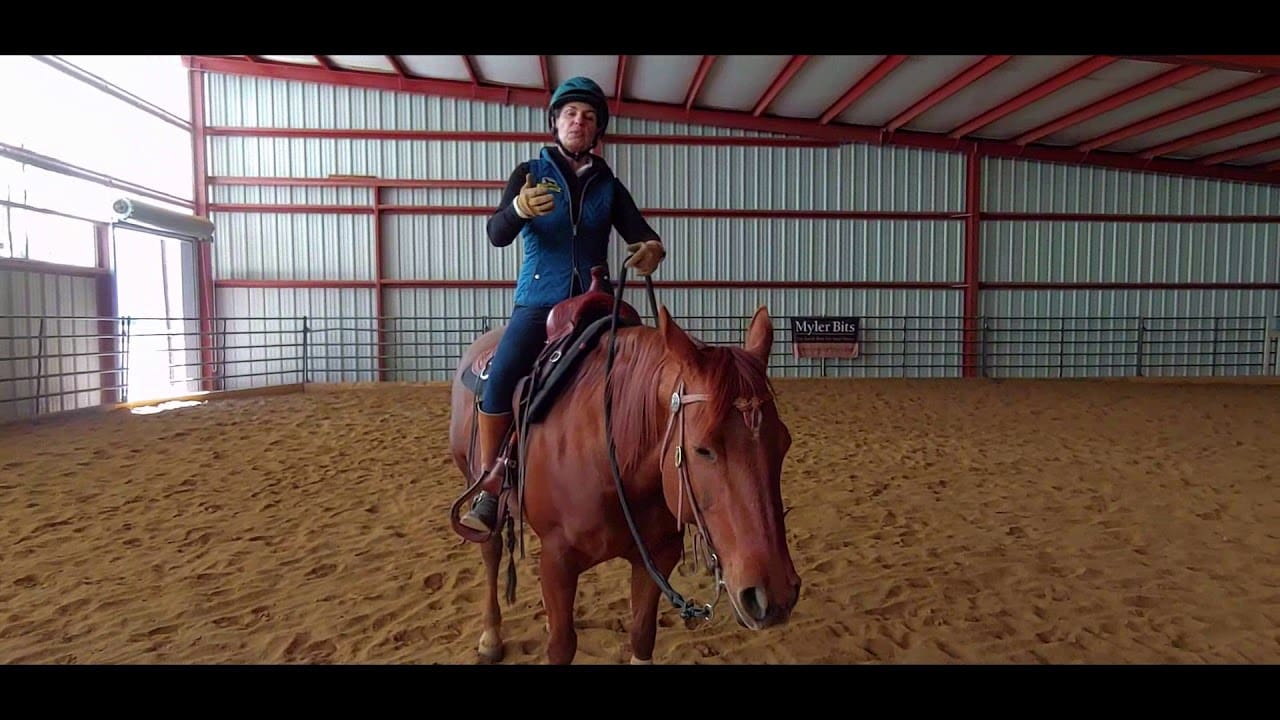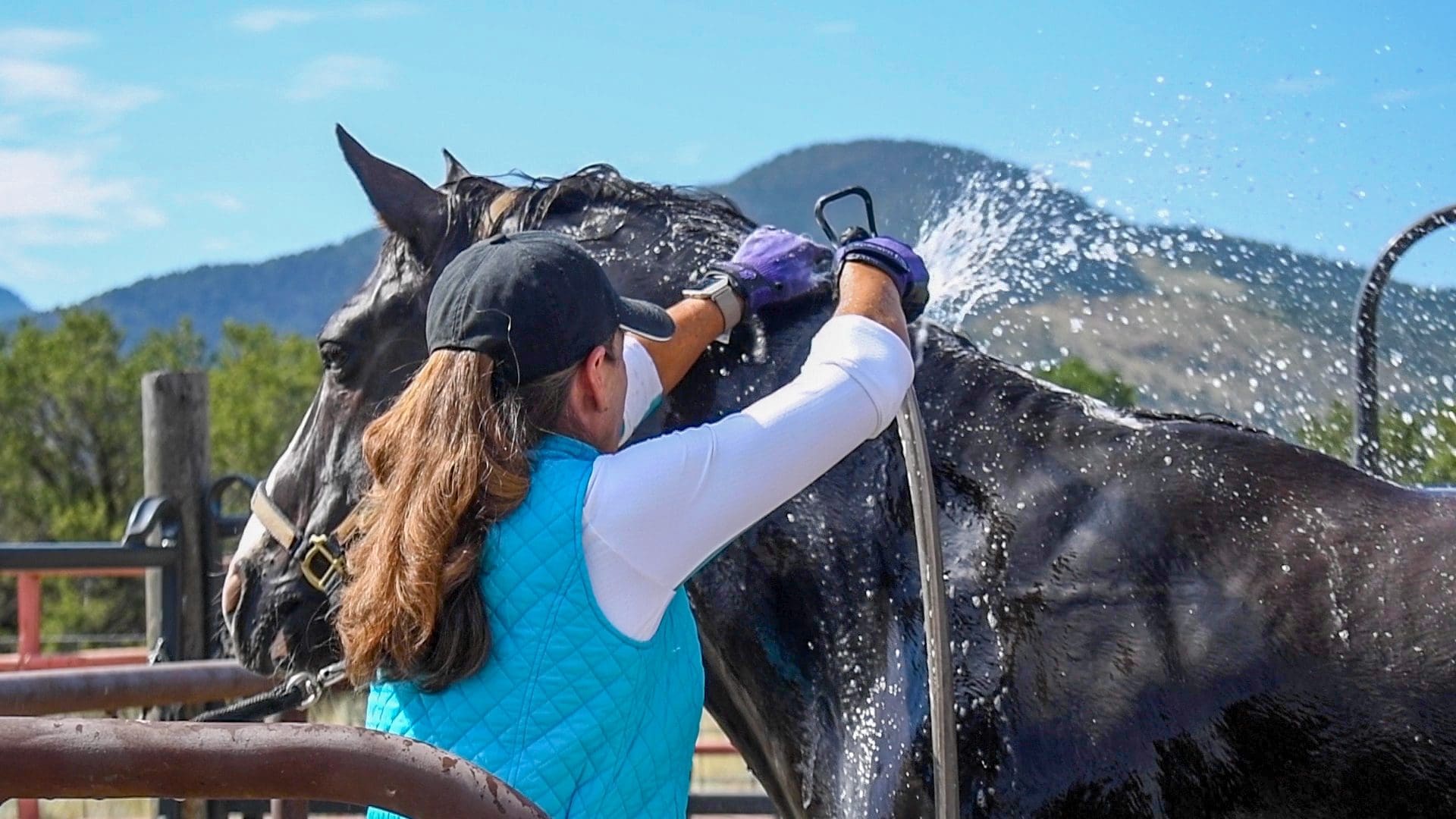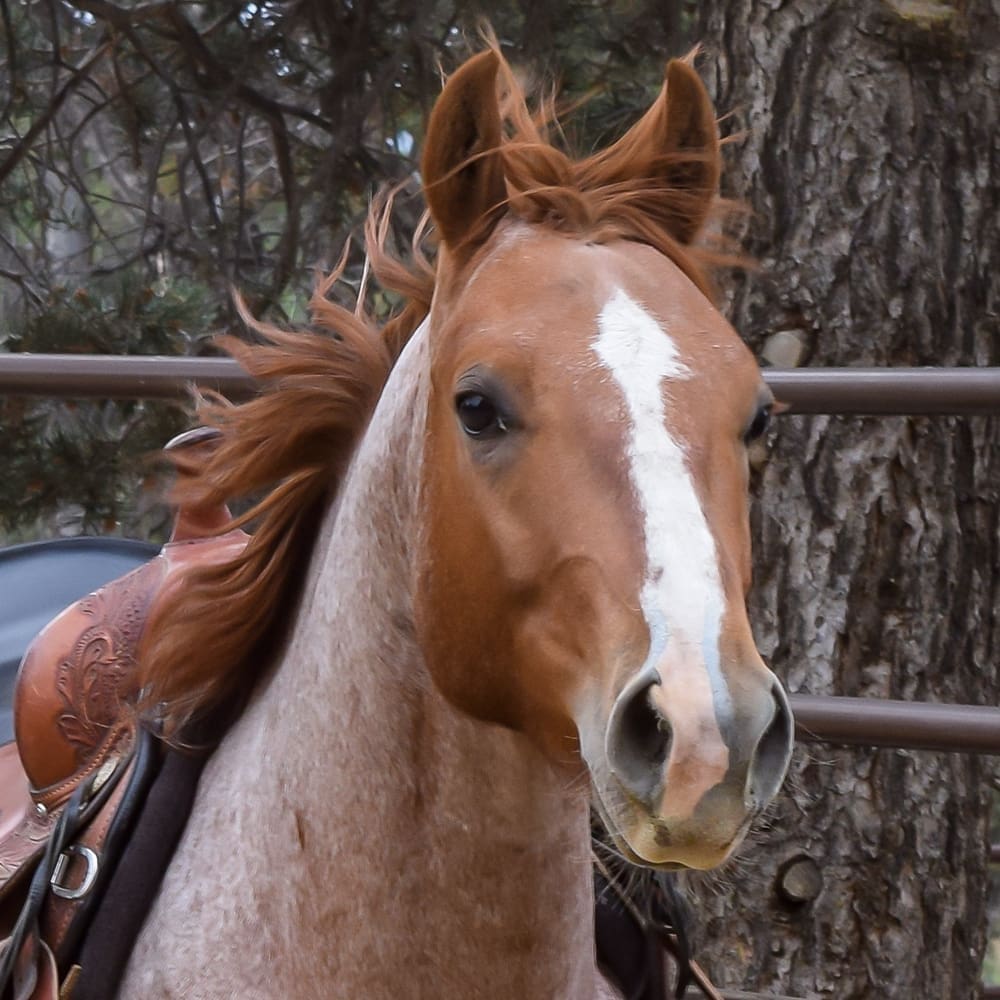In every horsemanship clinic I teach, I start the mounted session by assessing all the riders in terms of their control, their riding position and skill and their authority over the horse. To do this, I put them through some regulated paces that involve changes of gaits and changes of direction. During this process I am watching the riders and their horses to try and figure out what are the most pressing things that need improvement and that will guide what I have each individual rider work on. As I make this assessment, I always ask for regular trot, slow trot, sitting trot and posting trot, specifically to see how much ability the rider has.
To me, it makes no difference whatsoever whether you ride English or Western; if you are riding the long trot you should be able to post and posting is a very fundamental skill. If your horse is so incredibly smooth gaited that you can comfortably sit the extended trot, then you are very lucky and probably a very good rider. But I ask for everyone to post the trot at some point to see if someone doesn’t know how to do it or uses poor technique (posting off the stirrup instead of off the thigh). Before the end of the day, they will learn how to post because it is an important skill for a rider and it would be silly to think that Western riders don’t need this skill.
Think about it, if you had 20 miles of fence line to ride today, would you do it at the sitting trot? When you need to cover ground on a horse over long distances, the long trot is the most efficient gait to ride and posting is easiest for both you and your horse. Besides, posting is a fundamental skill and building block for more advanced skills—you wouldn’t want to leave a block out of your foundation.
So why don’t Western riders post in competition? Well, if you are showing at the long trot it is probably in some sort of pleasure class and if you are being judged on how easy and pleasurable your horse is to ride, you want to make him look smooth. If you are being judged on how great a rider you are, then sitting the long trot shows a lot of skill. In some cases posting in a Western competition is prohibited by the rules or dictated by the class procedures. In other cases, like versatility ranch horse competitions, you are allowed to post but in doing so, it may appear to the judge that your horse is so ungodly rough gaited that you couldn’t possibly sit the trot.
Anywhere you go where there are Western riders, you’ll see the riders posting– it is a pretty basic skill. Though they may not do it during an actual competition, it is a skill they need and use regularly. If you have the pleasure of riding a gaited horse that does not trot, you don’t really need to post and in fact may not be able to do it correctly on gaited horse since correct posting involves using the lift in the horse’s back as he goes into suspension in the trot. Riding a gaited horse can give a false reading on how skilled a rider is; they are definitely easier to ride (if they are well trained and well gaited). If the rider has never developed the skill to ride the natural trot or canter (the gaits with suspension) she/he may not have adequate skill to ride in difficult situations or even ride a naturally gaited horse; she may not have developed a strong leg position, adequate balance and the strength to hold on when the going gets rough.
I doubt you would find any accomplished riders anywhere, in any discipline that do not know how to post. If you haven’t yet, you will. All riders should know how to sit the trot, post the trot and ride the standing trot and they each have their particular challenges. Learning to post seems tricky at first—it’s one of those skills that you think you’ll never figure out and then once you do, you can’t believe how easy it is. To me, it seems easier for people to learn the posting trot than the sitting trot (unless they are on an incredibly smooth horse). What about you? If you ride Western, do you know how to and use the posting trot? Or do you think that posting is only for English riders?
Enjoy the ride,
Julie
Please visit Goodnight’s sites for more information and training tips:
Julie’s Shopping Cart


